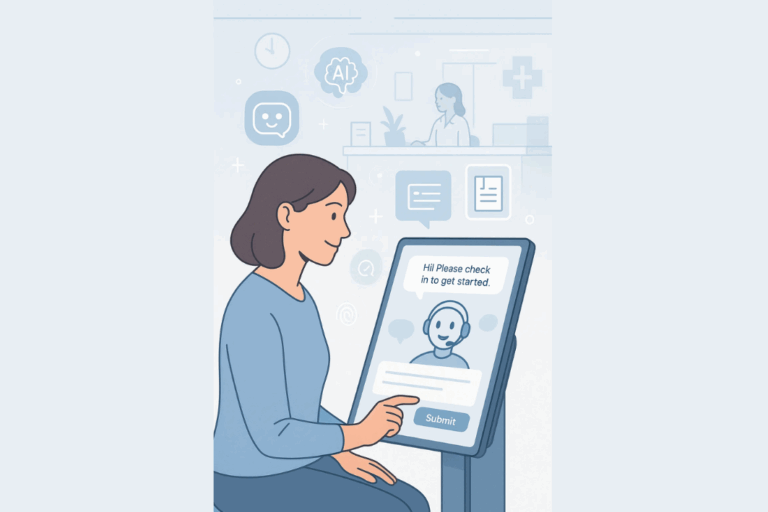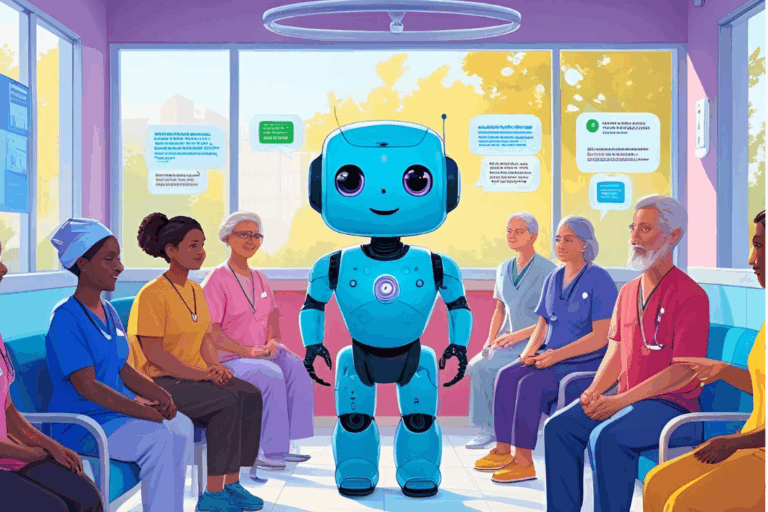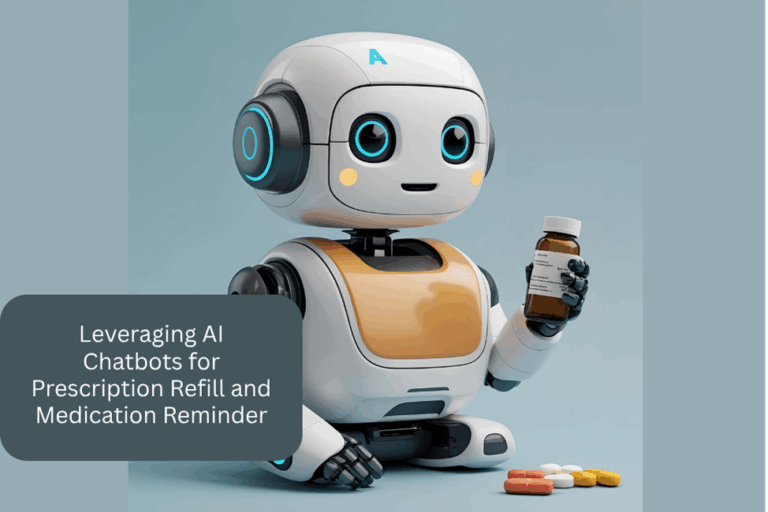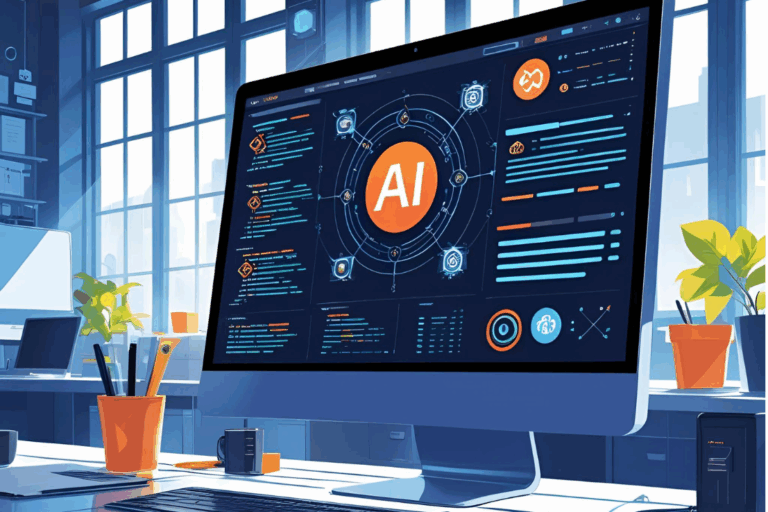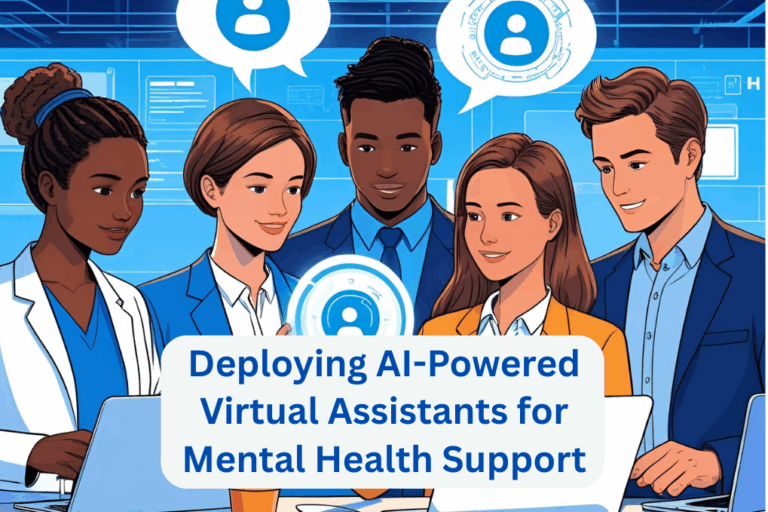Using AI for Predictive UX in Mobile App Interfaces
In a crowded app ecosystem, attention spans are short and expectations are high. Users don’t just want intuitive interfaces—they expect apps to anticipate their next move. That’s where predictive UX powered by AI comes in.
At Techo Lab, we help product teams go beyond reactive design and implement AI-driven experiences that personalize, optimize, and evolve in real time. In this blog, we’ll explore how predictive UX works, why it’s a game-changer for mobile apps, and the frameworks we use to integrate it effectively.
What Is Predictive UX?
AI is used in predictive UX (User Experience) to predict user behavior and make dynamic interface adjustments. Predictive UX reacts to context, including device kind, past interactions, time of day, user intent, and more, in contrast to static designs.
The outcome? interfaces that seem proactive, intelligent, and customized.
For instance:
- Before a user searches, an eCommerce app displays recently viewed items.
- A fitness app uses activity patterns to provide users with personalized reminders.
- A medical app forecasts which parameters are most important to each patient.

How Predictive UX is Powered by AI
Personalization engines, behavioral analytics, and machine learning models work together to enable predictive UX. Here’s how Techo Lab goes about it:
- Gathering and Sorting Data
In order to categorize users based on purpose, context, and goals, we first gather data from first-party apps, such as usage patterns, tap flows, and engagement metrics. - Modeling Behavior
In order to forecast what users will click, when they will require assistance, or what material they will interact with next, we train AI models to recognize usage trends. - Adaptation of Real-Time Interfaces
Using lightweight ML inference, we include prediction outputs into frontend logic, allowing the application to dynamically rearrange UI elements, suggest actions, and alter layouts. - Feedback Loop and Optimization
Every prediction contributes to a learning loop, which enables the model to gradually enhance interface intelligence and make better recommendations.

The Significance of Predictive UX in Mobile Applications
At Techo Lab, we view predictive UX as a competitive advantage rather than just a design strategy. What it unlocks is as follows:
- Increased Involvement
Friction is decreased by anticipating user intent. Users are delighted when there are fewer taps and faster outcomes. - Improved Retention
Personalized experiences increase stickiness and user pleasure. The app seems customized because to predictive interfaces, which eliminate the need for manual setup. - Intelligent Conversions
AI can use context and behavioral trends to determine the best moments to display CTAs, product offers, or upsells. - Better Accessibility
Predictive prompts, which provide recommendations or shortcuts to simplify navigation, can help users with cognitive or motor difficulties.
Top Techniques for Predictive User Experience Create
Predictive doesn’t mean intrusive. At Techo Lab, we maintain ethical and effective predictive UX by designing with transparency—clearly explaining why the interface adapts—while always giving users control to disable features or dismiss suggestions. We focus on predicting what truly matters to the user, not just what’s likely to happen. To ensure measurable impact, we run A/B tests on predictive elements and optimize based on performance data. And to keep mobile experiences smooth, we prioritize lightweight, edge-friendly inference models that enable real-time adaptation without compromising speed.
In Conclusion
Predictive UX powered by AI gives mobile apps the ability to feel smart, fast, and user-aware. It transforms programs from static tools into dynamic, user-friendly companions by bridging the gap between user action and UI response.
At Techo Lab, we help you design, deploy, and evolve predictive UX systems that not only delight users but also drive results. Because in today’s mobile world, apps shouldn’t just respond—they should anticipate.
